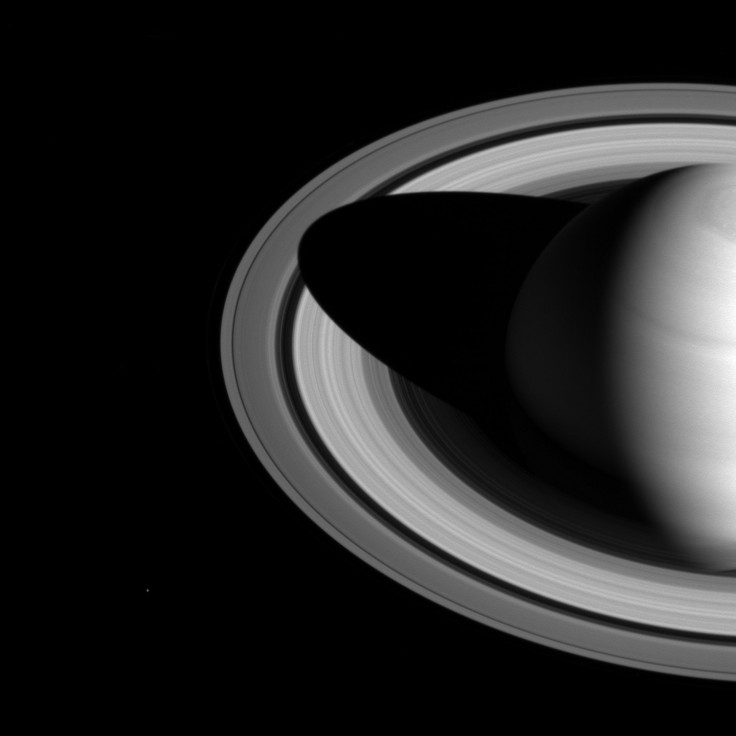20 New Moons Discovered Around Saturn, Breaking Record For Most Moons With 82

A team of astronomers has discovered 20 new moons orbiting Saturn. Through the latest discovery, Saturn has now overtaken Jupiter as the planet with the most number of moons in the Solar System.
Through the Subaru telescope located in Maunakea in Hawaii, the team of astronomers led by Dr. Scott Sheppard of the Carnegie Institution for Science in Washington D.C. identified 20 new moons around Jupiter, bumping up the planet’s total number of natural satellites to 82.
Previously, Jupiter held the title for having the most number of moons in the solar system with a total count of 79.
According to Sheppard, the latest discovery provides a unique opportunity to study natural satellites. Currently, space agencies are working on launching a total of three missions to study Jupiter and Saturn. Two of these missions, namely the Europa Clipper and Dragonfly missions, are from NASA while the European Space Agency is also working on its own expedition project to study the icy moons of Jupiter.
Due to the proximity between Jupiter and Saturn, Sheppard pointed out that one of these missions could focus on the newly discovered moons.
“One of the more exciting things about these outer moons is that there are always missions going,” Sheppard said, according to National Geographic. “There are so many of these moons now, there’s almost guaranteed to be one of these moons somewhere near where the spacecraft enters the Jupiter or Saturn environment.”
The astronomers noted that each of the new moons of Saturn has a diameter of about three miles. 17 of them orbit the planet backwards while the remaining three rotate in the same direction as Saturn does.
According to the astronomers, Saturn may have attracted these moons into its orbit during its early years or when the planet was currently in the process of forming. During that time, a cloud of gas and dust surrounded the planet. This cloud interacted with cosmic objects such as asteroids that passed near Saturn, causing them to be drawn by the planet’s gravitational pull. Eventually, these objects remained in Saturn’s orbit and became the planet’s natural satellites.
“Studying the orbits of these moons can reveal their origins, as well as the information about the conditions surrounding Saturn at the time of its formation,” Sheppard told BBC.
“These moons have fairly inclined orbits to Saturn and are pretty far out, so we don’t think they formed with the planet, we think they were captured by the planet in the past,” he added. “If an asteroid happens to be passing by, you can’t capture it today because you can’t dissipate its energy.”
© Copyright IBTimes 2024. All rights reserved.





















